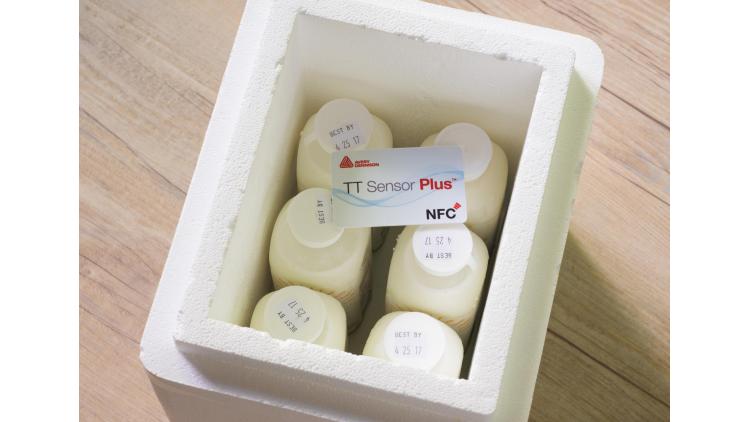How smart packaging sensors safeguard foods and drugs
April 13, 2017

The Internet of Things (IoT) is revolutionizing how humans function and operate. This new “smart era” is replete with next-generation cutting-edge technologies that operate on adaptive intelligence. Smart sensors might seem like one minuscule aspect of IoT, but they have the potential to change how certain industries work. The use of these intelligent sensors in various applications, including packaging of materials and goods, has earned them a nod of approval by many manufacturers.
The entire smart sensor market is expected to project an impressive value of $60 billion by the year 2022. This is a testimony to the magnanimous growth of the industry. Companies are now incorporating smart sensors in product packaging, as well as on packaging machinery. Embedded and equipped with sensors that can recognize and respond to touch, temperature, position, motion and pressure, these latest technologies are changing how products are packaged, stored and marketed.
Product manufacturers have realized that the use of such smart sensor packaging can be a part of the scheme for complete operational improvement. In particular, the use of smart sensors has reaped great benefits when deployed in pharmaceutical, food and beverage packaging.
Here’s how.
Monitoring food safety
Food and beverage manufacturers are using smart packaging for their finished goods and products. Smart or active packaging work in close alignment with sensor technology and packaging materials that are embedded with various smart technologies. For example, smart sensors aid significantly in the control and monitoring of various aspects, such as moisture, temperature and oxygen. Sensors needn’t always be electronic in nature; in the case of food packaging, it could also be in the form of an indicator.
Not only do these allow a substantial degree of control over how foods and beverages are maintained, but sensors embedded in these packaging methods enable easy tracking of the product throughout the supply chain. This enforces an efficient, controlled and well-monitored food supply chain, wherein the exact degree of damage or well-being of a food product can be monitored. Moreover, the use of RFID technology in the material would keep a track on the movement of food supplies in logistics. There is ongoing research to develop a sensor that detects the expiry and deterioration of food products, and alerts the suppliers before it can cause severe implications.
Overall, the smart sensor market sees major potential for growth by ensuring food security and safety through sensor-equipped packaging.
Safeguarding pharmaceutical quality
Food security and safety might certainly be an important issue, but the pharmaceutical sector has the potential of being transformed by the use of smart sensors in its packaging applications.
It is imperative that drug and medicine packages be properly maintained. Considering the temperature-sensitivity and chemical volatility of these goods, packaging materials that can detect temperature changes during transit or indicate any chemical changes due to extreme temperature conditions would definitely go a long way in optimizing product safety.
Certain vaccines and liquid medicines have to be warehoused and transported in controlled temperatures. Sensors or indicators embedded in the packaging of these medicinal products would provide an accurate indication of the products’ quality. Thus, using smart pharmaceutical packaging is expected to provide an efficient system of monitoring temperatures. Safeguarding the quality of pharmaceuticals can aid substantially in the improvement of patient outcomes.
Conclusion
The global smart sensors market is touted to grow at a considerable pace, across various markets. Using sensors and indicators to gauge the level of temperature, oxidation, pressure, motion and moisture change has gained the approval of several manufacturers in food and beverages and pharmaceutical industries. All a part of the emerging smart packaging methods, the use of the next-generation smart sensors is poised to mark a revolutionary change in the way food and drugs are intelligently wrapped.

Mufassira Fathima is a content writer at Allied Analytics LLP. She holds a bachelor’s degree in business management and has an active interest in the happenings of various industry verticals. Mufassira reads, researches and writes actively on a diverse range of topics, including current ecological trends and developments.
*******************************************************************************
Learn about the latest developments in smart packaging at PackEx Toronto 2017 (May 16-18; Toronto, Ontario, Canada). Register today!
About the Author(s)
You May Also Like


